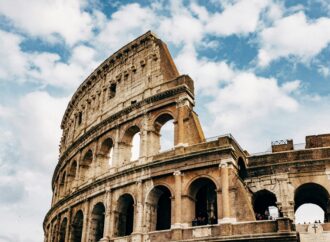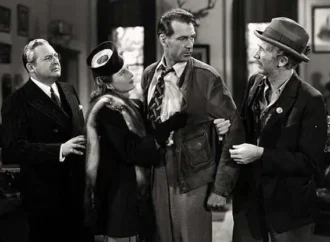Hannibal Barca was one of the greatest conquerors of the ancient world and the bane of Rome for two decades.
Hannibal’s invasion of Italia through the Alps during the Second Punic War (218 –201 BC), in which he invaded with 30,000 men, 15,000 thousand horses and mules, and 37 elephants, nearly destroyed Rome. Though Hannibal’s defeat at Zama ultimately proved to be Carthage’s undoing, the invasion through the Alps remains one of the most studied and discussed campaigns of antiquity.
One of the points of discussion has long centered on where in 218 B.C. Hannibal crossed the great mountain range that separated Gaul (modern day France) from Italia. For two millennia, historians and academics have discussed the crossing without settling the matter.
First there was Polybius, writing a mere two generations after the Second Punic War, who wrote that historians “make both false statements and statements which contradict each other” when discussing where Hannibal’s army crossed. He was followed by Livy, who wrote he was “astonished at the difference of opinion” in regard to [Hannibal’s] route (if it was so obvious, why didn’t Livy just tell us?!).
Napoleon said it must have been Col du Mont Cenis. A century later, a team of British explorers attempted to cross further south, with elephants, at Col de Clapier to prove that was the likely launch point into Italia; they failed, and were forced to enter at Mont Cenis. Biologist Sir Gavin de Beer concluded a half century ago that Col de la Traversette was the most likely crossing point, a position affirmed by geologist Brian Mahaney in 2009.
Perhaps the most surprising fact was that no serious archeological effort had been undertaken to answer the question. Until recently, that is.
Officials with Queen’s University Belfast last week announced the results of an archeological study that concluded Hannibal and his army crossed at Col de Traversette pass:
Until now, no solid archeological evidence has been forthcoming. However, this week – publishing on-line in the Journal Archaeometry – Queen’s University’s microbiologist Dr Chris Allen and his international team of colleagues, led by Professor Bill Mahaney (York University, Toronto), have finally provided solid evidence for the most likely transit route that took Hannibal’s forces across the Alps via the Col de Traversette pass (~3000 m). This crossing point was first proposed over a half century ago by the biologist and polymath Sir Gavin de Beer, but has not previously been widely accepted by the academic community.
What did the researchers find that proved so conclusive? A “mass animal deposition” that occurred in—you guessed it—218 B.C.
Dr. Chris Allen of Queen’s University Belfast had this to say about the “solid evidence”:
“The deposition lies within a churned-up mass from a 1-metre thick alluvial mire, produced by the constant movement of thousands of animals and humans. Over 70 per cent of the microbes in horse manure are from a group known as the Clostridia, that are very stable in soil – surviving for thousands of years. We found scientifically significant evidence of these same bugs in a genetic microbial signature precisely dating to the time of the Punic invasion.”
I guess 40 elephants and 15,000 horses leave ample sign in cold, hard country. The findings, presumably, will finally put to bed the 2,000-year-old mystery.
—
Jon Miltimore is the Senior Editor of Intellectual Takeout. He is the former Senior Editor of The History Channel Magazine and a former Managing Editor at Scout Media.
















Leave a Comment
Your email address will not be published. Required fields are marked with *